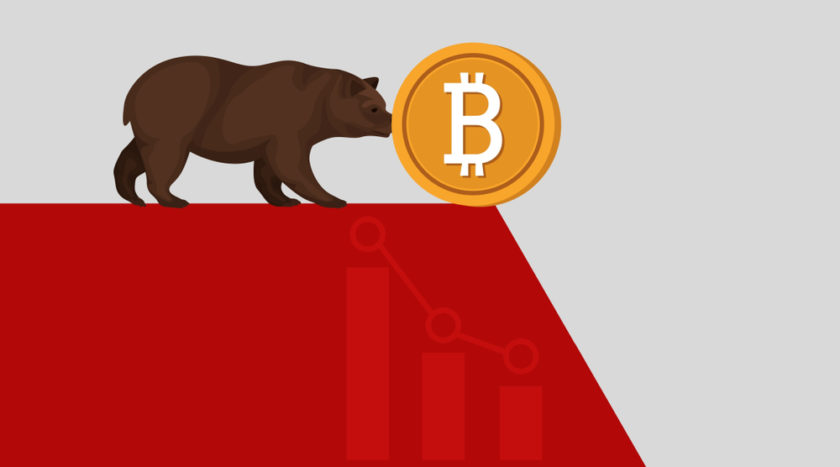Bitcoin is at a critical junction. A breakout into a new bull market here backs up the stock-to-flow theory and other halving and supply-driven expectations. Others believe in lengthening cycles between each major peak as adoption takes place and volatility decreases.
However, the lengthening cycle theory coming true would essentially put an end to just about all halving-based theories instantly. Here’s why.
Cryptocurrency Adoption Curve Could Lead To Longer Market Cycles
The leading cryptocurrency by market cap has been consolidating below resistance for months now. The sideways trading range has left the asset dropping to the lowest levels of volatility it can reach.
When the notoriously volatile asset reached this low of volatility, an enormous over 50 to 80% move follows. The entire crypto market is watching and waiting for whatever comes next. It’s just taking a lot longer than expected and leading to boredom.
Related Reading | Bollinger Band Contraction Could Send Bitcoin Flying 50% Or More
Volatility may even drop further over time, as adoption takes place. As Bitcoin’s market cap grows and so does liquidity, relatively volatility should continue to decline.
This lowering in volatility also comes alongside a lengthening bear and bull cycle, with a longer duration between peaks. Several highly accurate crypto analysts are proponents of this theory, based on the asset’s logarithmic growth curve.
As price action travels along the curve, volatility decreases creating a more stable Bitcoin over time. It will take decades for the asset to fully stabilize, but it has continued to do so as time passes. The only issue with this type of theory advocating lengthening Bitcoin cycles is the fact that it is deeply in conflict with supply and halving-based theories.
Brave New Coin Bitcoin Liquid Index Weekly | Source: TradingView Via: DavetheWave Twitter
How A Longer Bitcoin Cycle Means Expectations Around The Halving Are Dead Wrong
Bitcoin has only been around for just over a decade. Therefore, historical analysis only has a small sample at which to draw from. There has only been one major bear market, and we’re amidst or potentially at the end of the second.
The last bear market ended when Bitcoin’s halving passed. The halving reduces the block reward miners receive for securing the network.
As the already limited supply gets further reduced, the theory is that demand begins to outweigh available supply and the asset’s price rises. The stock-to-flow model measures the asset’s relative scarcity based on its supply, points to a new bull market coming any day now.
Technicals also point to a new uptrend forming, but advocates of the lengthening cycle theory are expecting another year of consolidation at least before the bull market breakout occurs.
Related Reading | Data: Bitcoin Is In Accumulation, and That Means $10k Could Soon Break
While this would be disappointing for crypto investors, it would likely be healthier for Bitcoin in the long run. However, it certainly would put an end to any theories that each halving fuels each bull market.
This is because the halving arrives every four years, and the BTC supply gets further reduced. A bull market may have started in 2016 following the last halving, and history does often repeat. But a lengthening cycle is also a very real possibility.
Whatever the case and trajectory, crypto investors should soon find out once this current trading range breaks. A breakdown would put an end to theories suggesting the halving is the catalyst and would give more credence to lengthening cycles.




